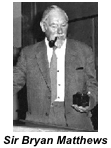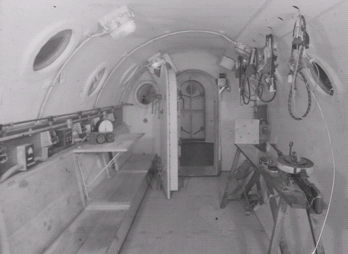 Sir Bryan Matthews came up to Cambridge in the 1920s to read Natural Sciences and continued in Cambridge as a research student with Lord Adrian. He made significant contributions to physiology, including his work on the nerve fibres carrying information from sensory elements of muscles, the muscle spindle, and his use of electroencephalography (EEG)- the measurement of electrical activity in the brain. Pivotal to this work was Sir Bryan's development of revolutionary technology: the Matthew's Oscillograph for capturing nerve activity, and the differential amplifier for high gain, low noise recording of electrical activity in biological systems (including EEG), which is still widely used today in Physiology and beyond. At the Matthews display, his original equipment will be on display, and we will show examples of how devices based on these are used to make physiological measurements.
Sir Bryan Matthews came up to Cambridge in the 1920s to read Natural Sciences and continued in Cambridge as a research student with Lord Adrian. He made significant contributions to physiology, including his work on the nerve fibres carrying information from sensory elements of muscles, the muscle spindle, and his use of electroencephalography (EEG)- the measurement of electrical activity in the brain. Pivotal to this work was Sir Bryan's development of revolutionary technology: the Matthew's Oscillograph for capturing nerve activity, and the differential amplifier for high gain, low noise recording of electrical activity in biological systems (including EEG), which is still widely used today in Physiology and beyond. At the Matthews display, his original equipment will be on display, and we will show examples of how devices based on these are used to make physiological measurements.
In addition, Sir Bryan made many contributions to public life, as Head of RAF Institute of Aviation Medicine (1944–46) at Farnborough and work for the first ascent of Everest (1953 High Altitude Committee). The photograph to the right shows the interior of a decompression chamber used by Sir Bryan at Farnborough.
Sir Bryan Matthews was the Professor of Physiology in Cambridge 1952-1973 and a Fellow of King’s College.


